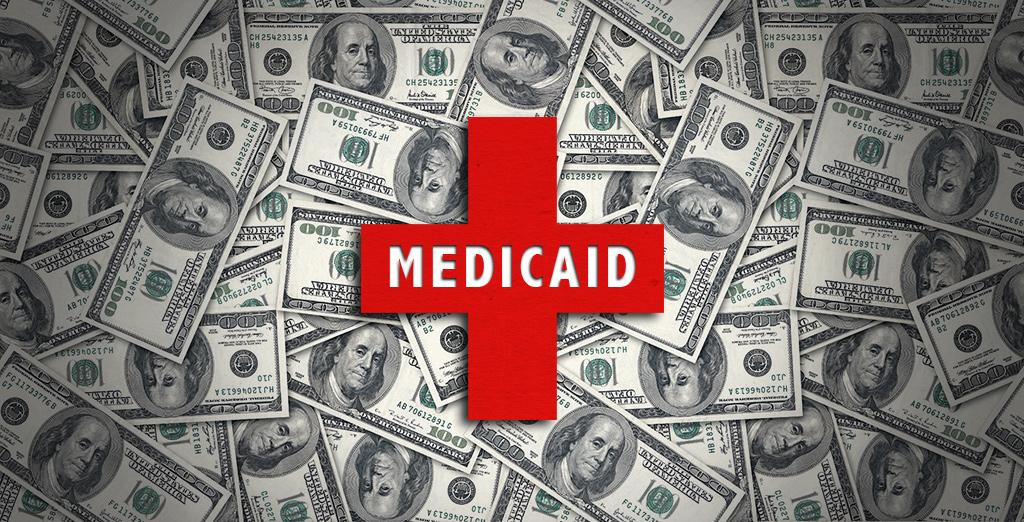In a recent statement, Congressman Darrell Issa asserted that the proposed Medicaid-cutting bill would ultimately benefit the economy. Speaking to constituents and reporters, Issa emphasized that reducing Medicaid expenditures could lead to greater fiscal responsibility and stimulate economic growth. The bill has sparked debate among lawmakers and community members, with proponents highlighting potential budgetary relief and critics warning of adverse effects on vulnerable populations. This article explores the key arguments surrounding the legislation and its possible impact on California’s East County region.
Issa Highlights Economic Benefits of Medicaid Reduction
Congressman Issa emphasized that the proposed Medicaid reduction legislation aims to foster economic growth by reallocating federal funds more efficiently. He argued that trimming Medicaid expenditures could potentially free up resources for investment in infrastructure, education, and other sectors that stimulate job creation. According to Issa, such shifts would not only reduce government spending but also encourage state-led innovation in healthcare delivery, driving sustainability and economic resilience.
Highlighting several key benefits, Issa pointed out the following advantages:
- Increased fiscal flexibility allowing states to customize healthcare programs based on local needs.
- Boosted private sector activity through reduced dependency on public funding.
- Enhanced long-term economic stability by controlling rising healthcare costs.
| Projected Impact | Estimated Outcome |
|---|---|
| Federal Spending Reduction | 10% decrease over 5 years |
| Job Growth in Private Sector | Approx. 50,000 new jobs |
| State Healthcare Innovation Grants | $1B annually |
Experts Weigh Potential Impact on Healthcare Access
Healthcare specialists express mixed reactions regarding the proposed Medicaid-cutting bill and its implications on public health services. Many argue that reductions in Medicaid funding could disproportionately impact vulnerable populations, including low-income families, elderly patients, and individuals with chronic conditions. They caution that limiting coverage may lead to increased emergency room visits and untreated illnesses, ultimately straining both hospitals and local clinics.
On the other hand, some economists suggest that reallocating resources could stimulate economic growth by fostering a more efficient healthcare system. The debate centers around potential shifts in coverage models, with proponents pointing to:
- Greater investment in preventive care.
- Encouragement of private-sector involvement.
- Streamlined administrative expenses.
| Impact Area | Potential Outcome |
|---|---|
| Access to Care | May decline for low-income groups |
| Healthcare Costs | Short-term savings possible |
| Economic Growth | Boost through market efficiency |
| Public Health | Risk of increased emergency cases |
Policy Recommendations for Balancing Budget and Public Health
Striking a balance between fiscal responsibility and ensuring public health remains robust is imperative, especially in light of recent proposals that suggest cutting Medicaid funding. Policymakers should consider targeted spending reforms that enhance efficiency without compromising essential healthcare services. Prioritizing preventative care programs can reduce long-term costs while supporting healthier communities. Additionally, expanding partnerships with private healthcare providers may alleviate state budget pressures by introducing competitive efficiencies and innovative care models.
To facilitate informed decision-making, the following measures are recommended:
- Implement evidence-based cost controls focused on reducing administrative overhead and waste.
- Support community health initiatives that address social determinants of health, potentially lowering Medicaid enrollment rates.
- Encourage transparency and accountability in Medicaid spending through regular public reporting.
| Policy Action | Expected Benefit | Fiscal Impact |
|---|---|---|
| Preventative Care Expansion | Lower disease incidence | Moderate investment |
| Administrative Streamlining | Reduced overhead costs | High savings potential |
| Public-Private Partnerships | Innovative service delivery | Variable, based on contracts |
In Summary
As the debate over Medicaid funding continues to unfold, Issa’s assertion that the proposed cuts will ultimately benefit the economy adds a new dimension to the discussion. While supporters argue the bill could streamline spending and promote fiscal responsibility, critics remain concerned about the potential impact on vulnerable populations. The East County Californian will continue to monitor this developing story as lawmakers deliberate the future of healthcare funding in the state.
